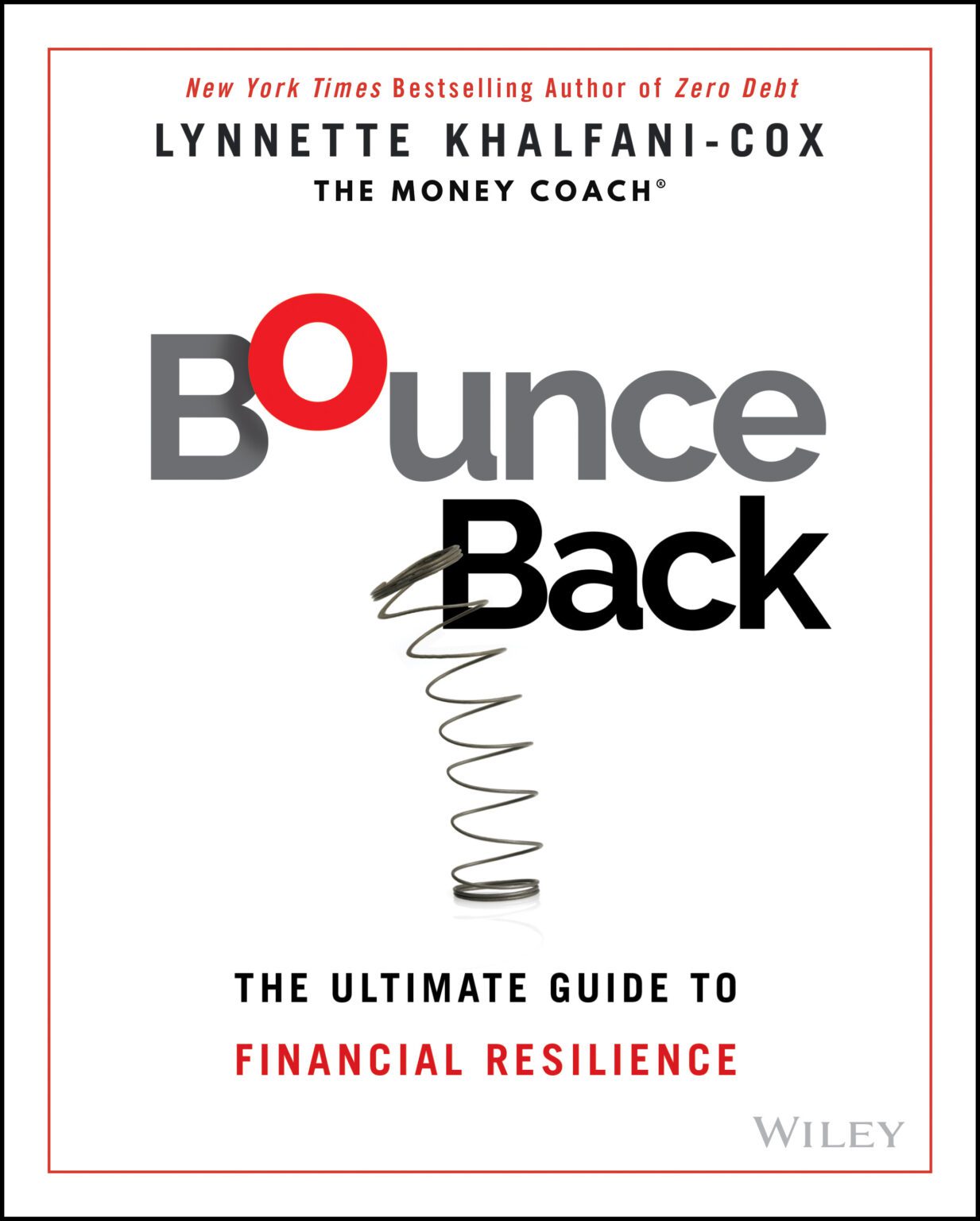Implementing an effective budget is a cornerstone of financial success. The 50-30-20 budget strategy, popularized by U.S. Senator Elizabeth Warren in her book “All Your Worth: The Ultimate Lifetime Money Plan,” can be a simple and effective way to manage your money, prioritize spending, and achieve financial goals. In this comprehensive guide, we will explain the 50-30-20 rule, provide step-by-step instructions to create and maintain such a budget, and how to modify it to fit your unique financial situation.
Table of Contents
- What is the 50-30-20 Budget Strategy?
- Steps to Create a 50-30-20 Budget
- Tips to Maintain the 50-30-20 Budget
- Modify the 50-30-20 Budget to Fit Your Financial Situation
- FAQs
What is the 50-30-20 Budget Strategy?
The 50-30-20 budget strategy is a simple approach to managing your finances. It works by dividing your after-tax income into three main categories:
- 50%: Needs – These are essential expenses, including housing, transportation, utilities, and groceries.
- 30%: Wants – Non-essential expenses that contribute to your lifestyle, such as dining out, entertainment, and travel.
- 20%: Savings and Debt Repayment – This allocation covers emergency savings, retirement funds, and paying off any outstanding debts.
The core principle behind this budgeting strategy is that it promotes a healthy balance between essential needs, personal desires, and long-term financial security. By adhering to these percentage allocations, individuals can achieve a sustainable financial lifestyle and work towards their financial goals.
Steps to Create a 50-30-20 Budget
Determine Your After-Tax Income
Your after-tax income is the amount of money you bring home after deductions such as taxes, social security, and Medicare. Be sure to include any additional income sources like side hustles or investment returns when calculating this amount.
Calculate Your Monthly Needs
Begin by listing your essential expenses, including rent/mortgage, utilities, insurance, groceries, and transportation costs. Then, total these costs and ensure they’re within the allocated 50% of your after-tax income. If they exceed this percentage, consider adjusting your spending or exploring ways to increase your income.
Calculate Your Monthly Wants
Next, list all your discretionary spending, such as dining out, entertainment, shopping, and hobbies. Calculate the total of these expenses and confirm they’re within the allocated 30% of your after-tax income. If not, prioritize your wants and consider cutting back on unnecessary expenses.
Allocate 20% to Savings and Debt Repayment
Put 20% of your after-tax income towards paying off debt or increasing your savings. Aim to build an emergency fund, contribute to retirement accounts, and pay off high-interest debts as quickly as possible.
Track Your Spending
Use financial software, apps, or a simple spreadsheet to track and monitor your monthly spending. Regularly reviewing your expenses can help you stay within the recommended percentage allocations and identify areas for adjustments.
Tips to Maintain the 50-30-20 Budget
Create a Routine
Set aside time to review and update your budget regularly. This routine could be daily, weekly, or monthly, depending on your preferences. By establishing a consistent schedule, you’ll be more likely to stick to your budget and make necessary adjustments.
Set Realistic Goals
When establishing the 50-30-20 budget, ensure your goals are achievable. Setting unrealistic targets may lead to frustration and abandonment of the budget plan. If necessary, tweak the percentages to fit your financial situation and priorities better.
Utilize Budgeting Tools
Make use of modern budgeting tools and apps to streamline your budget management. Tools like Mint, YNAB, and other personal finance apps can automatically track spending and categorize expenses, making it easier to maintain your 50-30-20 budget.
Stay Flexible
Life events and fluctuations in income may require you to adjust your budget. Stay flexible and be prepared to make changes to your allocation percentages as needed. Continuously reassess your financial goals and adjust the budget accordingly.
Seek Accountability
Share your financial goals and budget strategy with a trusted friend, spouse, or financial advisor. Establishing a support system can help keep you on track and accountable for your budget commitments.
Modify the 50-30-20 Budget to Fit Your Financial Situation
While the 50-30-20 budget strategy is an effective starting point, it’s important to remember that every individual’s financial situation is unique. Consider the following modifications to customize the budget plan to fit your specific needs:
- Adjust the Percentage Allocations – You may need to alter the percentages based on your income level, debt amount, and financial goals. For example, if you have significant student loan debt, consider allocating more of your budget towards debt repayment.
- Include Additional Categories – You may require additional categories, such as child care or healthcare expenses, based on your personal situation. Adjust the percentage allocations as needed to accommodate these expenses.
- Plan for Irregular Expenses – Many people experience occasional large expenses, such as car repairs or holiday spending. To prevent these expenses from derailing your budget, plan for them in advance and allocate a portion of your savings or wants budget to cover these costs.
Remember, the primary objective of the 50-30-20 budget strategy is to create a sustainable financial plan tailored to your goals and circumstances. By modifying and personalizing the approach, you can achieve ultimate money management success.
FAQs
- What if my needs are more than 50% of my income?
If your needs exceed 50% of your after-tax income, consider reducing your expenses, increasing your income, or adjusting your budget percentages. This may involve finding a more affordable living situation, cutting back on transportation costs, or seeking additional income sources. - How can I differentiate between needs and wants?
Needs are essential expenses required for day-to-day survival, such as housing, utilities, groceries, and basic transportation. Wants are non-essential items or experiences that contribute to your lifestyle but are not strictly necessary, such as dining out, vacations, and entertainment. - Can I modify the 50-30-20 percentages to fit my financial situation?
Yes, you can adjust the percentages to fit your specific financial situation. This may include allocating more towards savings and debt reduction or adjusting the allocation for wants and needs based on personal priorities. - Will the 50-30-20 budget work for high-income earners?
The 50-30-20 budget can be an effective strategy for high-income earners; however, it may require modifications. High-income earners may benefit from allocating a larger percentage of their income towards savings, investments, and debt reduction, depending on their financial goals. - How do I track my spending with the 50-30-20 budget?
Use financial software, apps, or a simple spreadsheet to track your monthly spending. Regular review of your expenses can help you stay within the recommended percentage allocations and identify areas for adjustments.








